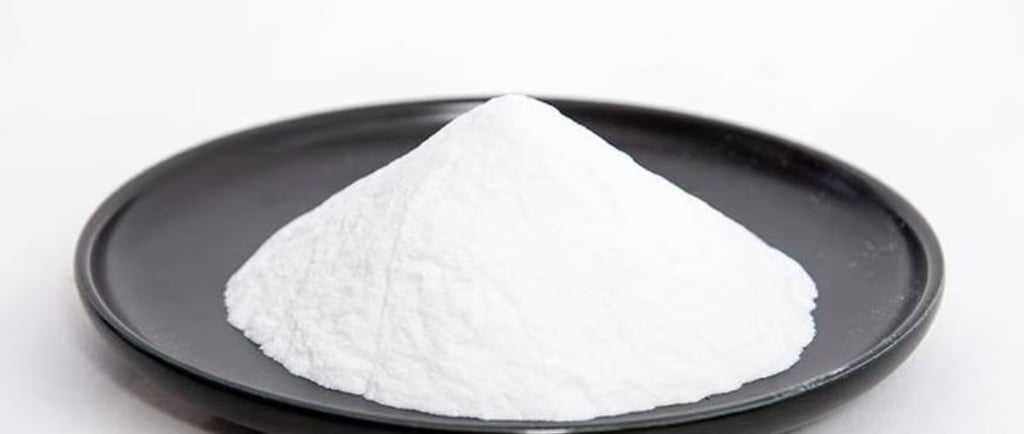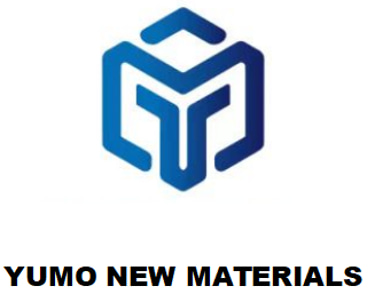HENAN YUMO: Engineered Precision, Uncompromised Performance
White Fused Alumina: The Ultimate Abrasive for Precision and Quality
White fused alumina (WFA) is a high-quality, abrasive material derived from the fusion of alumina in an electric arc furnace. Its exceptional hardness and sharpness make it ideal for various industrial applications, particularly in abrasive products like grinding wheels, sandpaper, and blasting media. Known for its excellent durability and resistance to wear, white fused alumina is a preferred choice for industries ranging from metalworking to construction.
7/16/20254 min read


White Fused Alumina: The Ultimate Abrasive for Precision and Quality
Introduction to White Fused Alumina
White fused alumina (WFA) is a high-quality, abrasive material derived from the fusion of alumina in an electric arc furnace. Its exceptional hardness and sharpness make it ideal for various industrial applications, particularly in abrasive products like grinding wheels, sandpaper, and blasting media. Known for its excellent durability and resistance to wear, white fused alumina is a preferred choice for industries ranging from metalworking to construction.
This article will explore the key characteristics, manufacturing process, and diverse applications of white fused alumina, helping you understand why it remains one of the most sought-after materials in the abrasive industry.
What is White Fused Alumina?
White fused alumina is an aluminum oxide (Al2O3) that is produced by melting high-purity bauxite in an electric furnace. The material is then crushed into various grades and sizes, depending on the intended application. Its purity and high melting point make it suitable for use in harsh conditions, including high-temperature environments.
White fused alumina is characterized by its white color, which comes from the purity of the alumina used in its production. This material is known for its hardness, making it highly effective in grinding, cutting, and polishing operations.
Key Properties of White Fused Alumina
High Hardness: White fused alumina ranks 9 on the Mohs hardness scale, making it one of the hardest materials available. This property allows it to be used for precision grinding and polishing of hard metals and ceramics.
Chemical Stability: It is resistant to chemical reactions, which makes it suitable for abrasive applications in various industries, including metal and glass industries.
Low Thermal Expansion: White fused alumina has low thermal expansion, making it ideal for high-temperature operations.
High Purity: The production process ensures that white fused alumina has high purity, which leads to a consistent performance across applications.
Manufacturing Process of White Fused Alumina
The production of white fused alumina starts with bauxite, which is carefully selected for its high alumina content. The bauxite is then heated to temperatures above 2000°C in an electric arc furnace. The molten alumina crystallizes into white crystalline structures as it cools. The resulting white fused alumina is then carefully sorted and crushed into different grades and particle sizes.
The manufacturing process involves:
Selecting Raw Materials: Bauxite, which is rich in alumina, is used as the primary raw material.
Fusing Process: The raw materials are melted in an electric furnace at extremely high temperatures, typically between 2000°C and 2200°C.
Crushing and Sieving: The fused alumina is then crushed and sieved to obtain the desired particle sizes.
Quality Control: Strict quality control is maintained to ensure consistency in the material's hardness, size, and purity.
This process ensures that white fused alumina maintains its uniform structure, which contributes to its effectiveness in abrasive applications.
Applications of White Fused Alumina
White fused alumina is used in a variety of applications, primarily in the production of abrasive products. Here are some key areas where it is utilized:
1. Abrasive Products
The primary application of white fused alumina is in the manufacture of abrasives. Its hardness and sharpness make it highly effective for grinding, polishing, and cutting. Some common abrasive products made from WFA include:
Grinding Wheels: White fused alumina is widely used in grinding wheels for precision grinding of metals, ceramics, and other hard materials.
Sandpapers and Abrasive Belts: Due to its fine grain and sharpness, it is used in sandpapers and abrasive belts for polishing and finishing.
Blasting Media: It is also used in sandblasting applications where the material is employed to clean and finish surfaces.
2. Refractories
White fused alumina's high-temperature stability and resistance to corrosion make it suitable for use in the production of refractory products. These products are used to line furnaces, kilns, and reactors in various industries, including steel production and glass manufacturing.
3. Casting and Metallurgy
White fused alumina is used in the casting process to create metal molds and in metallurgy for various cleaning and polishing processes. Its hardness ensures that it can handle the rigorous demands of the foundry and metalworking industries.
4. Ceramic Materials
WFA is often used in ceramic products, where it provides both strength and wear resistance. It is used in the production of grinding and polishing tools, as well as in the ceramic tiles industry.
5. Environmental Applications
White fused alumina is used in environmental applications such as water filtration systems, where its hardness and resistance to wear make it an ideal media for filtering contaminants.
Why Choose White Fused Alumina for Your Industrial Needs?
White fused alumina offers numerous advantages for industries looking for high-performance abrasives and materials. Here are some reasons why it's a preferred choice:
Precision and Consistency: The consistent grain structure of WFA ensures reliable performance across applications, leading to better quality results.
Durability: White fused alumina’s superior hardness ensures it lasts longer than many other abrasives, reducing costs in the long run.
Versatility: Its wide range of grades and particle sizes make it suitable for a variety of applications, from grinding to environmental filtration.
Eco-friendly: White fused alumina is a natural material that is highly sustainable and recyclable, contributing to greener industrial practices.
Conclusion: White Fused Alumina as a Critical Material for Industry
White fused alumina is a vital material in many industrial processes, from abrasive production to refractory applications and environmental solutions. Its high hardness, purity, and versatility make it an indispensable material for high-performance applications across multiple industries.
For manufacturers and industrial users, choosing high-quality white fused alumina ensures long-term durability, precision, and cost-effectiveness. As demand for reliable and sustainable abrasive materials grows, white fused alumina stands out as the go-to choice for companies seeking superior results.
